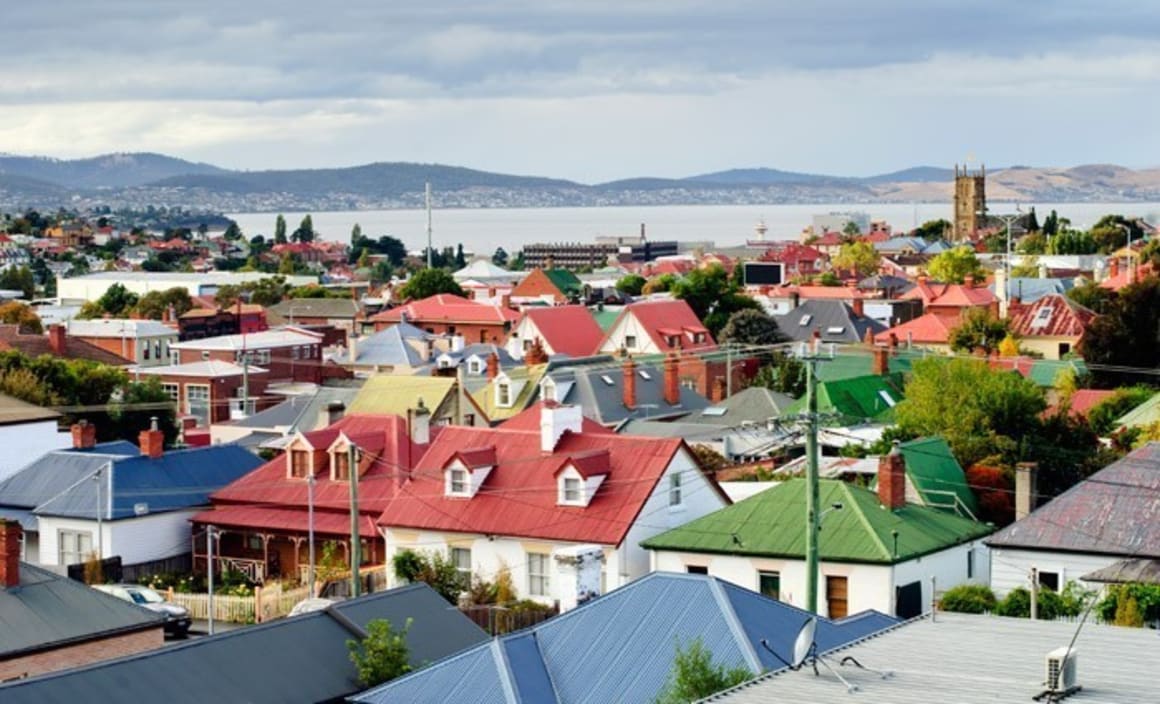Tasmania the hardest sell in Australian real estate: Terry Ryder

The hardest sell in Australian real estate is convincing anyone they should invest in Tasmania.
It’s been many years since I wanted to try. But the time has arrived to put Tasmania back on the investor radar screen.
For years Tasmania has ranked last or second last among the states and territories on most economic and property indicators. It has a reputation, justified in many cases, as a place that lacks growth of any sort that matters, whether it be population, economic or housing prices.
It’s a cruel reality that it’s easy to get a bad reputation and very hard to lose it. Tasmania is emerging from the deep doldrums that had it ranked last on the list of investment possibilities for most Australians – but it will take time to convince anyone.
But, for the first time in many years, Tasmania’s main cities have been included in the Hotspotting reports that forecast of the growth markets of the future.
Slowly, but steadily the news is getting better. Economic indicators have improved and market dynamics are more positive.
A recent NAB report gave a generally optimistic outlook for the Tasmanian economy. It found that the state’s economic outlook had improved over the past year, thanks in part to increased business investment and a domestic tourism renaissance.
“This trend is set to continue as the Australian dollar falls, making domestic holidays more attractive for Australians,” it said. “Meanwhile, a falling unemployment rate alongside a rising participation rate suggest that the fundamentals in the Tasmanian labour market are improving.
“This is further supported by a slowing rate of interstate migration, which points to a stabilising labour force.
“Stronger activity in dwelling construction is also expected to contribute positively to growth.”
The report forecast economic growth of 2.25% in 2015-16 and 2.0% in 2016-17.
The tourism revival is a big part of the brighter picture. A record 988,000 interstate travellers crossed Bass Strait in 2014-15, a 13% increase. With international visitors up 22%, overall visitors totaled 1.15 million.
With Qantaslink adding 11 return flights to Hobart per week, meaning an estimated 60,000 additional visitors per year, that record may be surpassed.
Visitor spending rose 9% (or $150 million) to $1.89 billion last financial year, so the industry packs some punch for the state’s economy.
Against that background, property markets have been slowly improving over the past 12-18 months. Sales volumes have grown in both Hobart and Launceston – in baby steps, but heading in the right direction.
Affordability is a big factor in favour of the Tasmanian market. Hobart’s median dwelling price of $320,000 looks attractive to mainland investors when placed alongside Melbourne’s $560,000 and Sydney’s $770,000.
Hobart also looks good from the viewpoint of rental returns, particularly units which have a median rental yield around 5.5%, the best among the capital cities. The median house yield, 5.2%, is second only to Darwin.
It brings to mind the last time Tasmania had a genuine property boom, back in 2003/2004, when it caught the property invesetment wave from the mainland. With Melbourne prices now high after a couple of years of solid growth, we may see a similar pattern of behaviour this time around.
Terry Ryder is the founder of hotspotting.com.au. You can email him or follow him on Twitter.